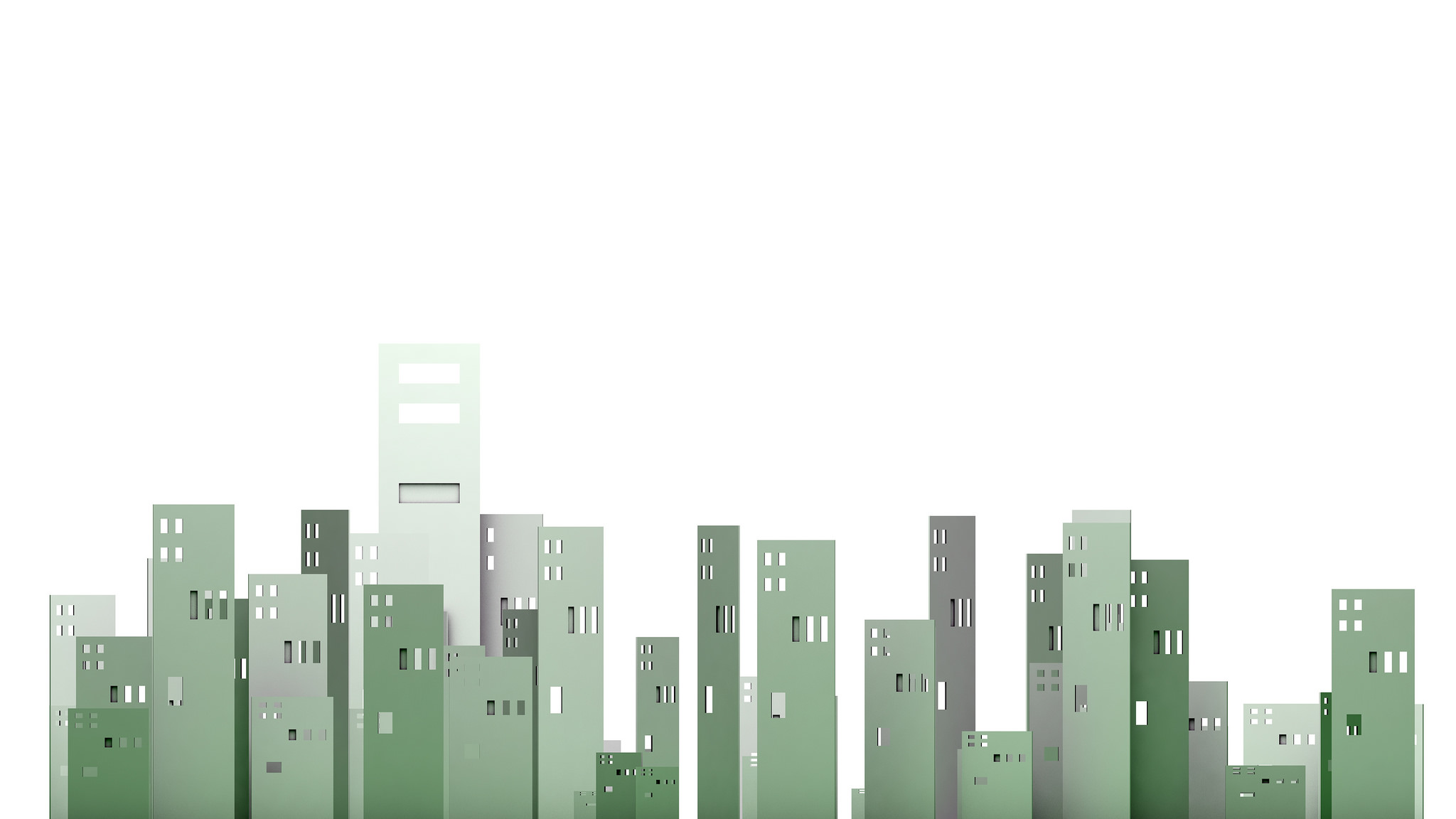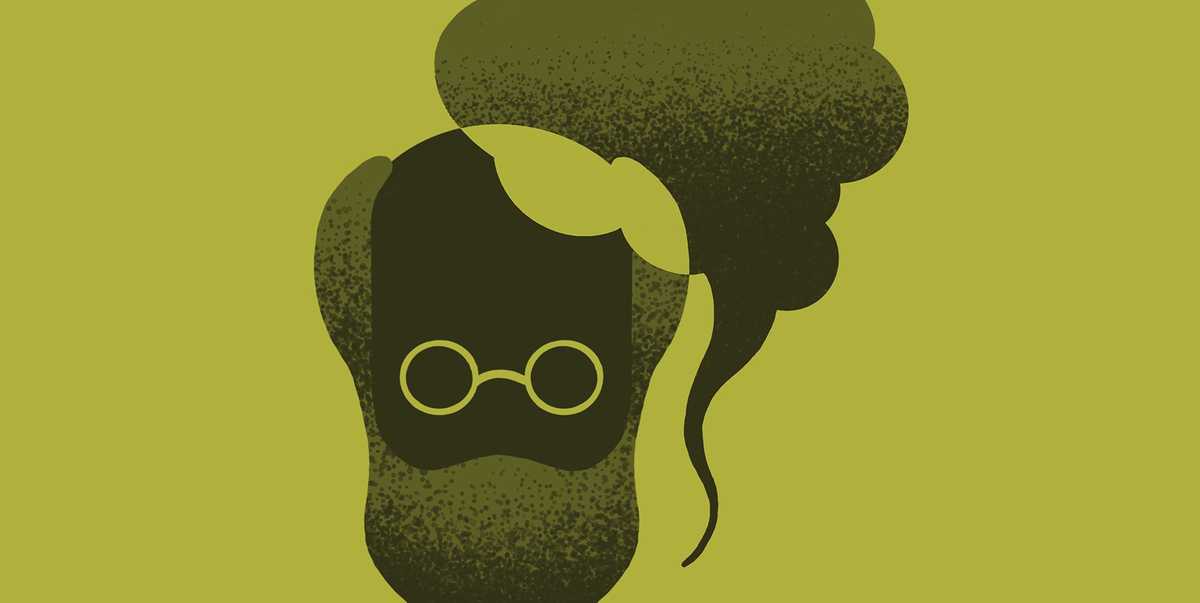
As a result of our swelling population and growing demand for city living, Australia has experienced a glut of new residential developments in recent years, with Melbourne in particular seeing more developments than ever before.
Australians love the excitement, convenience and cultural diversity of city-living.
However, rapid urbanisation can reduce a community’s engagement with the natural environment, resulting in negative effects on mental health and well-being.
Interestingly, research published in Beyond Blue’s 2010 report, Blue to Green, found that people who live in urban environments with green spaces nearby experience higher levels of mental well-being.
Research outlined that natural environments can foster well-being by:
- Assisting in reducing depression, aggression and anxiety while increasing humour.
- Improving health through physical activity.
- Supporting relaxation and reducing stress.
- Strengthening focus and concentration.
Urbanisation is inevitable and economically positive. So the question is, can we have economic prosperity and still enjoy the positive effects of the natural environment?
On a global level.
European cities are ahead of the game in developing residential communities that uphold a connection with nature.
The master planned residential community Kronsberg, in Hanover, Germany, has received international acclaim for being “the most visionary town planning, social and ecological project in Europe”.
Kronsberg, also known as ‘The Garden City’ has been taking shape since 1997 and has been planned to be an environmentally sustainable urban district for over 15,000 people.
The development’s ecological design offers its residents:
- A nature preserve with woodlands, pastures and fields that is interconnected with the community.
- Neighbourhood parks, recreational outdoor spaces and sporting grounds.
- A suburban network of streets and bicycle paths lined with greenery.
- Green residential courtyards.
The environmental design of the new city has been reported to contribute to the psychological, physical, and social well-being of its residents. Significantly, Kronsberg has seen the successful integration of cultural, religious and socially diverse groups.
In our own backyard.
The Department of Environment and Primary Industries and Green Roofs Australasia’s ‘Growing Green Guide’ aims to enlighten Melbourne’s home owners, developers and residents about the value of producing green infrastructure in built environments.
Incorporating green infrastructure into a residence creates a point of difference, which can result in increasing buyer desirability and ultimately, property value. It also comes with the advantages of managing stormwater and reducing building heating and cooling whilst open greens spaces can create liveable and enjoyable environments for residents – enhancing their well-being.
Melbourne’s increasing property prices has many property investors opting for more affordable housing just outside of the city.
Property developers create master planned communities outside of city centres and aims to “maintain and enhance ecosystems across all of its activities”. In doing so, developers work with communities and existing environments to create stimulating and healthy surroundings.
A way forward.
In today’s competitive property market, innovative property development organisations ensure their long term growth and profitability by supporting and creating healthy and happy communities.

